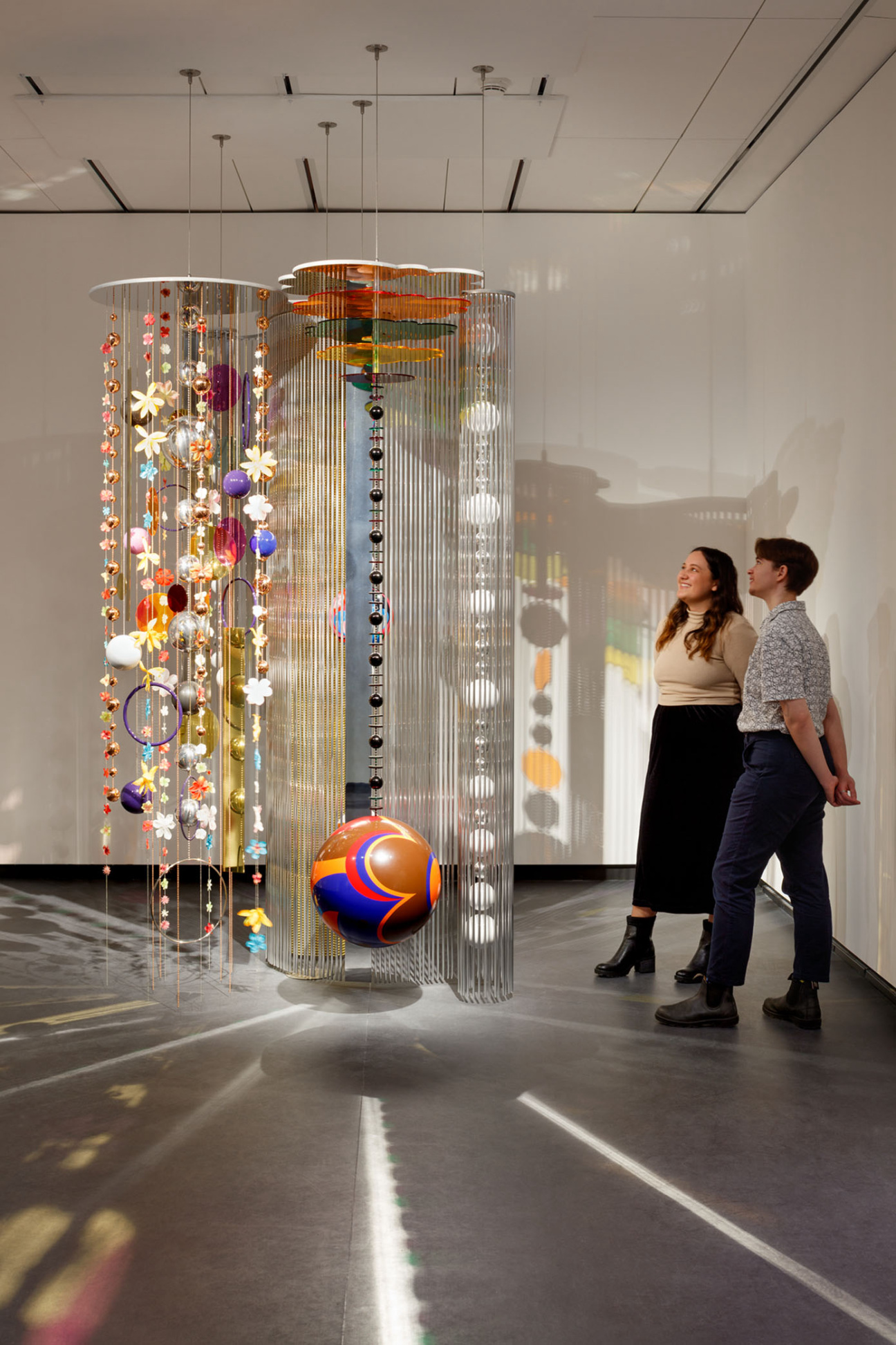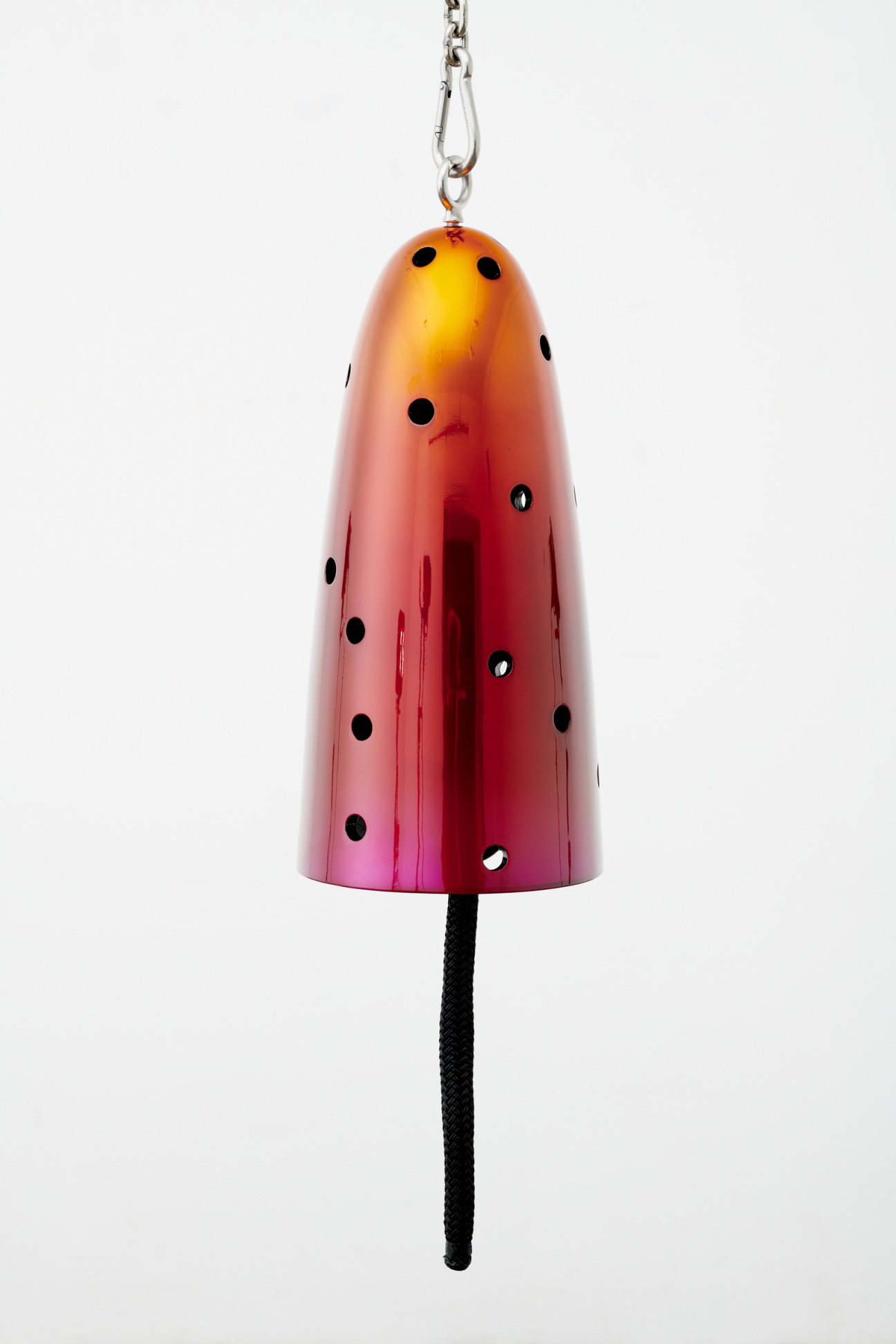
In 1987, Aretha Franklin became the first female artist to be inducted in the Rock & Roll Hall of Fame. President Ronald Reagan officially designated March as Women’s History Month. And the National Museum of Women in the Arts (NMWA) opened in Washington, DC. It was the first museum in the world solely dedicated to championing women through the arts.
Much has changed in the intervening 36 years. But the need for a museum dedicated exclusively to art by women remains. According to the 2023 Burns Halperin Report, work by female artists accounted for just 11 percent of all acquisitions by 30 American museums between 2008 and 2020; art by women also comprises just 3.3 percent of all auction sales since 2008.
After a two-year closure, NMWA reopened on Oct. 21 with a newly renovated building, expanded gallery spaces, and a renewed focus on its mission to advocate for historic female artists who have been written out of history, as well as vital contemporary talents who are pushing art forward today.
We spoke to three sculptors whose work is included in the reopened NMWA’s inaugural exhibition “The Sky’s the Limit,” which features 33 ambitious, large-scale artworks by 13 women made over the past two decades. Here is what they had to say about their contribution to the institution and why a women’s museum remains indispensable to our culture.

Petah Coyne, New York
CULTURED: Can you name another woman artist whose career or practice has informed yours?
Petah Coyne: The writer Flannery O’Connor. Flannery has always shocked me in her writings—never ending up where I felt she would when her short stories began. I always hoped I could surprise viewers in this same way.
CULTURED: Tell us about your work on view in “The Sky’s the Limit.” Where did it come from and what do you hope viewers will discover about it today?
Coyne: Untitled #1458 (Marguerite Duras) was completed during the pandemic. It is presented at NMWA in a gray space with long dark gray shadows—the feeling the pandemic had for many of us! It might surprise viewers to know that it is made from the most delicately thin glass. Each piece is a deep maroon or a dark ultramarine blue, close to the original colors of blood. Then with black, thin paint, we layered each glass bulb until the original color is barely perceptible.
I was told by a very special Canadian curator that the women in French Canada use Duras’s name as a verb when they wish to encourage one another to be strong and tough enough to get through difficult situations. I loved this idea almost as much as I loved her writing. Knowing her strength and the verb “duras” has helped me through the pandemic and many other difficult times.
CULTURED: What is the most misunderstood thing about being a woman artist?
Coyne: I can only speak for myself. I feel if you’re a woman sculptor, it is always difficult to have enough money to make all the sculptures you dream of. Time is marching on and you worry… Will I get all the sculpture I “need to make” accomplished? Sometimes I don’t sleep at night, I am so concerned about this.

Davina Semo, Los Angeles
CULTURED: Tell us about your work on view in “The Sky’s the Limit.” Where did it come from and what do you hope viewers discover about it today?
Davina Semo: I am exhibiting a grouping of seven bells in a variety of sizes, textures, and tones. These bells are part of an ongoing obsession that started around 2016. I am enamored with their physicality and reverberation, as well as their dual capacity for inner and outer work: in other words, their availability for use in personal reflection and meditation, as well as the active roles they can play in community settings.
The museum will have a schedule of staff ringing the bells, so viewers will also have an opportunity to hear and understand their vibrational qualities. I am very interested in being able to share the primal feeling of being close to a vibrating metal bell as it is rung.
CULTURED: What does the reopening of the National Museum of Women in the Arts mean to you? What has this museum, and its mission, meant to you since it first opened in 1987?
Semo: I grew up in Maryland, a 20-minute drive from the museum. Though the DC area is lucky to have many incredible museums, NMWA is unique in its mission to support women artists. Many of my early education teachers were female, so I thought that arts and crafts were a feminine field. As I got older, I encountered the male-dominated dynamics of the art world and I have also witnessed large-scale trends sweep through the commercial art market without any regard to supporting female artists. I am grateful to the National Museum of Women in the Arts for doing the critical work of keeping its focus on women in the arts.
CULTURED: What keeps you interested in sculpture to this day?
Semo: I’m lucky to love coming to the studio every day. Sculpture encompasses so much—there are challenging physical parts, small busy-type parts, fast, impulsive gestures, touching, feeling, thinking, and practiced work that gets easier and more natural over time. As the virtual world continues to spread its influence over seemingly endless areas of our lives, working with my hands and body fulfills a primordial need. To really experience sculpture, one needs to be in real time and space with the work. This kind of physical relationship is very special and humanizing.

Rina Banerjee, New York
CULTURED: What is the most misunderstood facet of being a woman artist?
Rina Banerjee: Recovering one’s visibility is an admirable way of insisting you exist. This is an experience people of color and people who are not heterosexual also understand. Women still must do battle to preserve their desire to learn, be curious, be human, and be creative. I have been making art for 30 years and in that time I have witnessed very little or no change in how women’s work is valued. In 1987, I was working as a polymer engineer but while making art, it was often the case that my people saw artmaking as a self-help exercise. We have, especially in the United States, placed very little weight on cultural practices.
CULTURED: What does the reopening of the National Museum of Women in the Arts mean to you? What has this museum, and its mission, meant to you since it first opened in 1987?
Banerjee: When a museum is named a "Women’s Museum"—and I think it’s the only one in the world—it breaks a skin. When a woman decides to make sculpture, and especially large sculpture, she is also breaking skin. These gestures of ambition have associated with them a piercing hypervisibility that goes against the grain of what a woman is. All other museums are men’s museums and, as my fellow artists have verbalized to me, they welcome women as an afterthought, as compensation, as charity, and as a symbol of their male identity as benevolent leaders. I am fascinated by the dream of having this house that banks the contribution that women have made as artists and as people.
CULTURED: Tell us about your work on view in “The Sky’s the Limit.” Where did it come from and what do you hope viewers discover about it today?
Banerjee: Two works were selected from my studio, one from 2012 and one from 2014. Both reference “colonial masculinity” expansionism and dominance over nature, exploration, and commerce. The works are circular and ornamented, creating a visible instability. A certain vertigo threatens to unravel the cluster of objects.
The works are a constellation of an accumulation that craves profit and the collection of countries signed in 22-karat gold on amber bottles references how even countries can be bottled for the market. My sculptures are interested in understanding the female figure and the feminization of the Earth as something that needs conquest, containment, and control. What purpose does the conqueror have when all of it becomes his?
CULTURED: Where were you in 1987? How has your conception of living and working as an artist changed since then?
Banerjee: When NMWA opened its doors in 1987, the most popular movies that depicted women were Fatal Attraction, Dirty Dancing, and Princess Bride; the Nobel Prizes were awarded only to men; and Robert Bork was nominated to the Supreme Court. It was ruled that it is permissible to take sex and race into consideration in employment or promotions; affirmative action was expanded; and, in March 1987, Women’s History Month began.
Who built America requires us to make visible the whole. In 2023, the effervescent tone of “The Sky’s the Limit” brings to the foreground the sentiment and vision of [NMWA co-founder] Wilhelmina Cole Holladay’s interest to collect women artists, not just to correct the record, but also to make sure their contributions have an effect on American culture.
“The Sky’s the Limit” is on view through February 25, 2024 at the National Museum of Women in the Arts in Washington, DC.










 in your life?
in your life?

